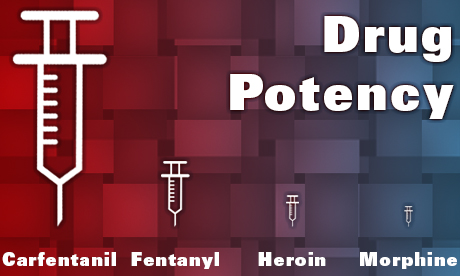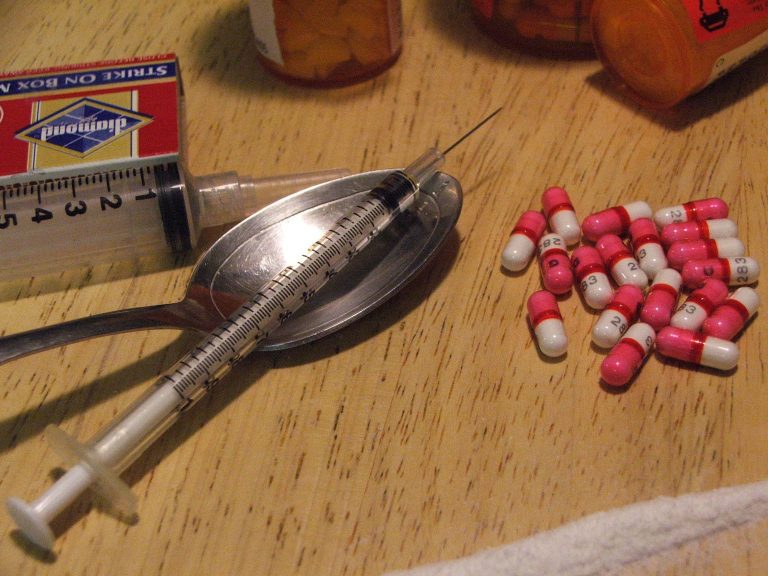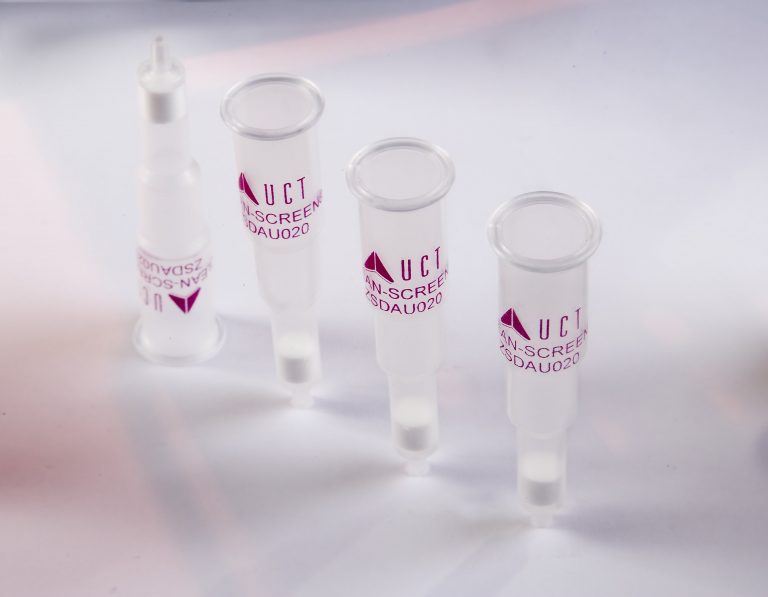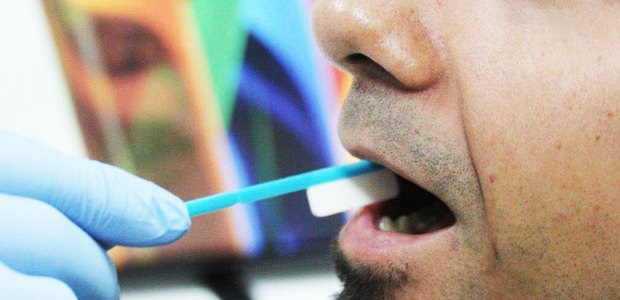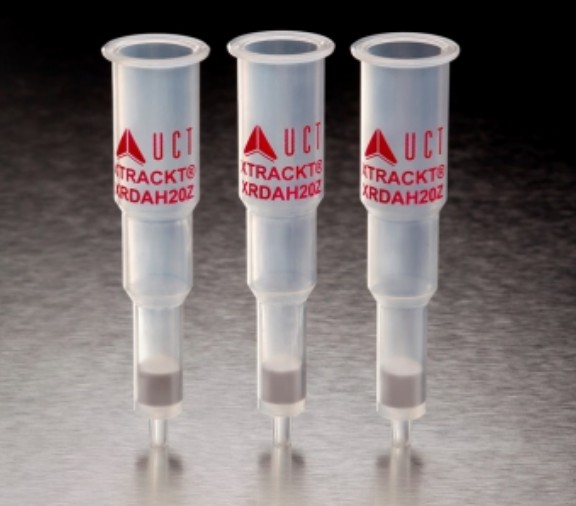UCT Flagship Sorbent Clean Screen® DAU cited in new Fentanyl/Opioids Analogs Paper
Since the introduction of Fentanyl as a legitimate medication, UCT has been at the forefront of assisting forensic toxicology facilities with the finest solid-phase extraction (SPE) sorbents and methodologies to extract and concentrate the drugs efficiently. With the recent emergence of newer potent analogs in the illicit community, UCT has expanded upon its existing sample preparation methods to include these novel, structurally similar derivatives. In a new paper authored by E.N.Shoff et al., published in Journal of Analytical Toxicology (doi: 10.1093/jat/bkx041), the determination of fentanyl analogs and other opioids in postmortem cases is thoroughly detailed employing Clean Screen® DAU solid-phase extraction cartridges as an integral part of this methodology.
The Miami-Dade County Medical Examiner (MDCME) Department have been experiencing an uptick in the number of opioid-related deaths since 2013. A lot of their cases coincided with the introduction of fentanyl into the local heroin supply. This facility experienced a near 600% increase in fentanyl-related deaths in the period 2014-15, followed by an additional 200% increase in 2016. The MDCME identified two novel fentanyl analogs in 2015 medical examiner cases: beta-hydroxythiofentanyl and acetyl fentanyl. In 2016, four additional fentanyl analogs emerged: para-fluoroisobutyryl fentanyl, butyryl fentanyl, furanyl fentanyl and carfentanil, as well as the synthetic opioid U-47700. The MDCME developed and validated a method to identify 44 opioid-related and analgesic compounds in postmortem samples using ultra high- performance liquid chromatography ion trap mass spectrometry in addition to Clean Screen® DAU for purification/concentration of post mortem blood. This sorbent produced clean extracts with high recoveries. The limit of detection for all compounds ranged from 0.1 to 5 ng/mL.
In the period of study, blood, urine, liver and/or brain specimens from approximately 500 postmortem cases were submitted for analysis based on case history and/or initial screening results. Of those cases, 375 were positive for illicit fentanyl and/or one or more fentanyl analogs. Due to the potency of these compounds, they were almost always included in the cause of death. Worth emphasizing and extremely alarming is the detection of carfentanil in 134 cases, 104 of which were initially missed by GC-MS screening. By incorporating this sensitive, highly specific, and evolving screening procedure into the workflow, toxicology laboratories continue to effectively assist the medical examiners in determining the cause and manner of death of decedents. This paper demonstrates why forensic toxicologists challenged by new fentanyl/opioid analogs turn to UCT for the finest in SPE sorbents. For more information regarding Clean Screen® sorbents, applications and methods please visit https://sampleprep.unitedchem.com/products/spe/clinical-forensic/clean-screen-dau.

